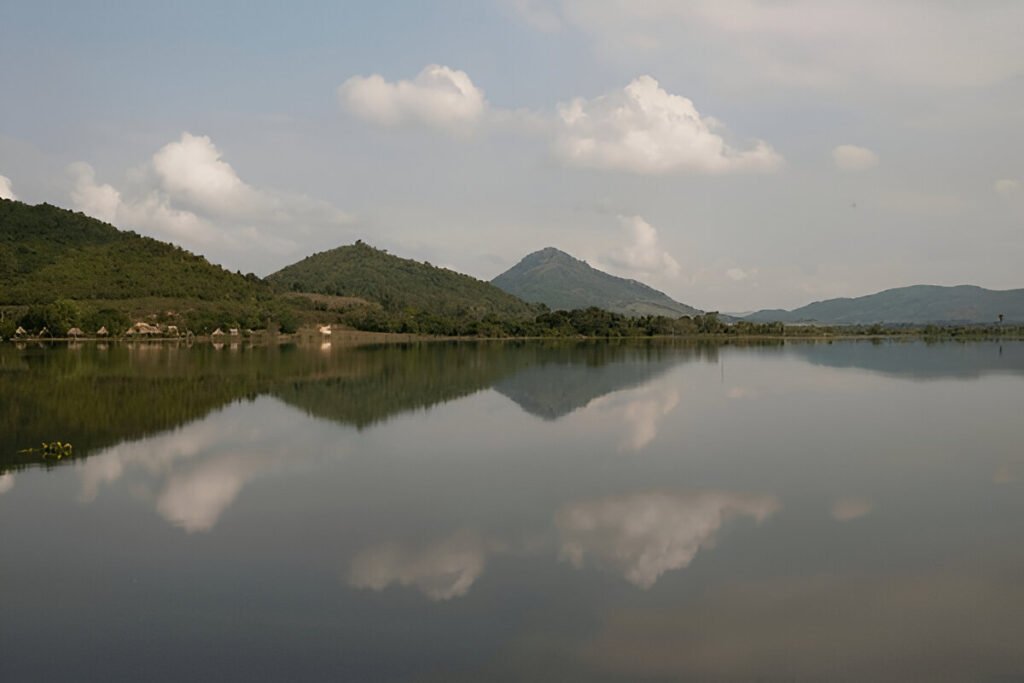Introduction:
Situated in the ancient city of Kamakura, just an hour’s journey south of Tokyo, stands the majestic Kamakura Daibutsu or the Great Buddha. This iconic bronze statue has been a beacon of serenity and spirituality for centuries, attracting millions of visitors from across the globe. The Great Buddha of Kamakura is not just a testament to Japan’s rich cultural and historical fabric but is also a symbol of the spiritual resilience of its people. Carved out of bronze and gilded in gold, it’s a must-visit destination for anyone seeking to understand Japan’s deep roots in Buddhism.
Exploring the Grandeur of Kamakura’s Great Buddha
The Kamakura Daibutsu is the second tallest bronze Buddha statue in Japan, standing at a height of approximately 11.4 meters. It represents Amida Buddha, seated in serene meditation, with half-closed eyes and a faint smile on his lips. The statue exudes a sense of peace and calm that captivates every observer. Despite facing numerous natural disasters and wars, the statue remains largely undamaged, showcasing the remarkable craftsmanship of its creators.
The grandeur of the Great Buddha is further magnified by its surrounding environment. The statue is nestled within the Kotoku-in Temple’s premises, a lush green landscape punctuated by beautifully manicured gardens and centuries-old structures. The temple complex provides a tranquil backdrop to the statue, enhancing its aura of serenity. The sight of the statue against the clear blue sky, especially during sunrise and sunset, is an unforgettable spectacle.
Unveiling the Mystique of Japan’s Iconic Bronze Statue
The Kamakura Daibutsu, originally housed inside a massive wooden hall, is now exposed to the elements, adding to its mystique. According to legend, numerous attempts were made to rebuild the hall after it was destroyed by typhoons and a tidal wave in the 14th and 15th centuries, but all efforts proved futile. The locals then decided to leave the statue in the open air.
Intricate details adorn the statue’s surface, each with a story to tell about Japan’s rich Buddhist tradition. From the long, thin curls on Buddha’s head, believed to represent wisdom, to the large bump on the crown, symbolizing his spiritual insight, each detail adds depth to the understanding of the statue’s spiritual significance.
Local Tips:
The best time to visit the Great Buddha is during spring or autumn when the weather is pleasant, and the scenery is breathtaking. As it is an outdoor statue, be sure to dress appropriately for the weather. A respectful behavior is expected while visiting this sacred site.
How to Get There:
Kamakura is easily accessible from Tokyo by train, with the journey taking approximately one hour. From Kamakura Station, the Great Buddha is just a 10-minute ride away on the Enoden Line, or you can enjoy a refreshing 20-minute walk.
Nearby Attractions:
Near the Great Buddha, you can also visit other attractions like Hasedera Temple, known for its eleven-headed statue of Kannon, the god of mercy, and Tsurugaoka Hachimangu Shrine, the city’s most important Shinto shrine. The Kamakura Museum of Literature, located in a beautifully preserved historical building, is also worth a visit.
Conclusion:
A visit to the Kamakura’s Great Buddha offers a unique blend of spiritual awakening, historical insight, and natural beauty. Whether you are a history enthusiast, a nature lover, or a spiritual seeker, this awe-inspiring bronze statue promises to leave a lasting impression. So, pack your bags, respect the customs, and embark on a memorable journey into the heart of Japan’s cultural heritage.






